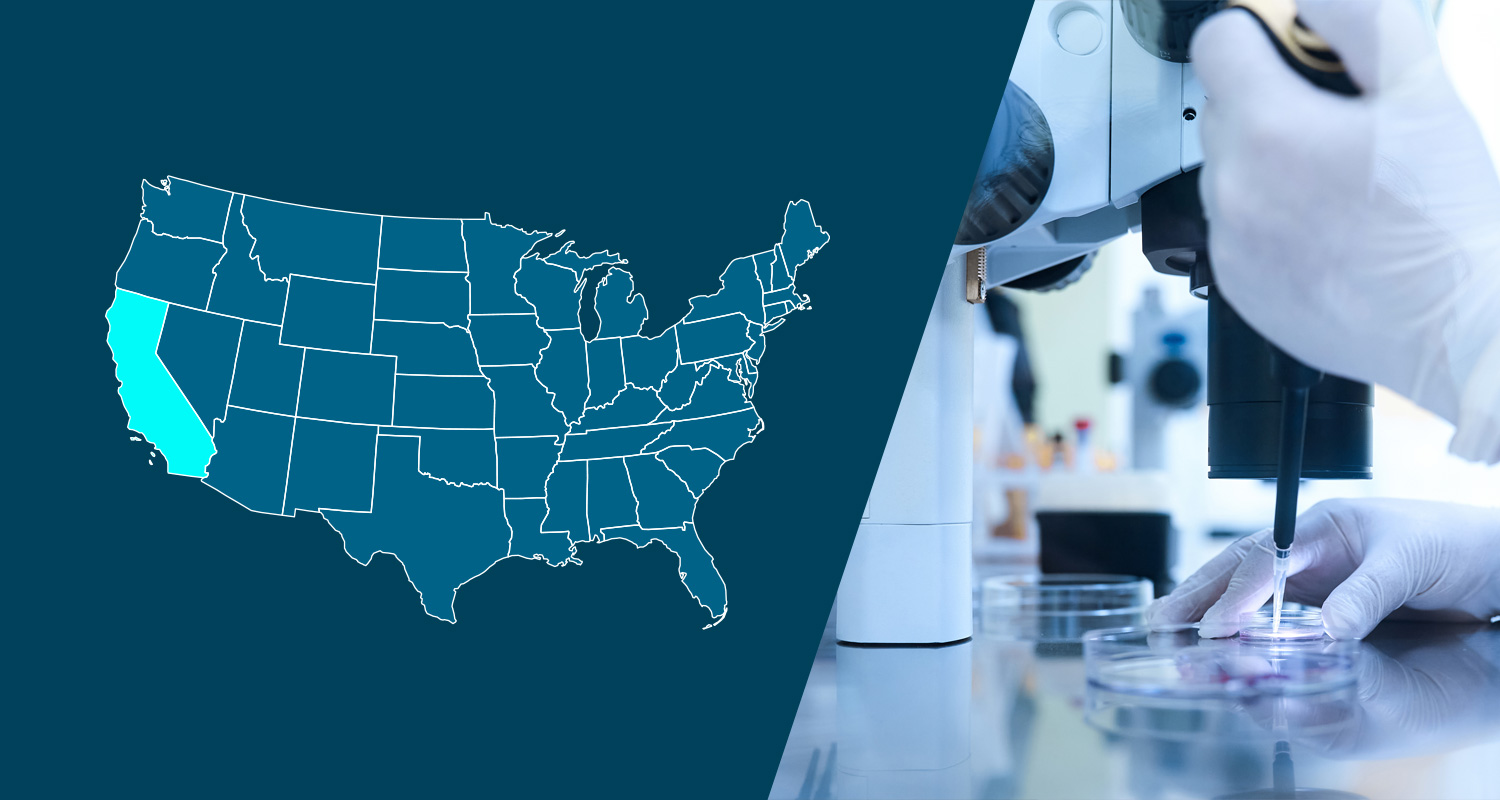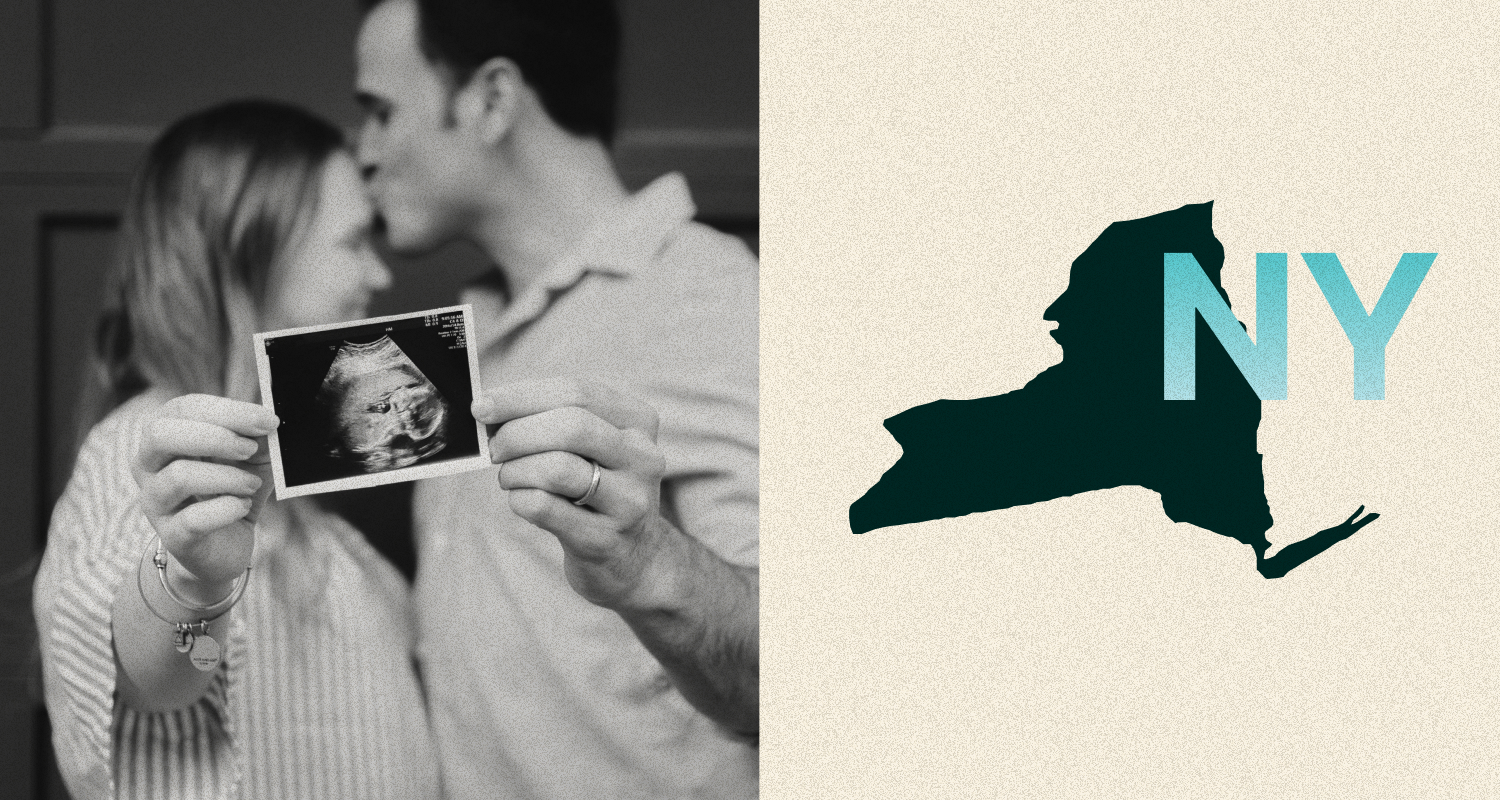Background
Sections 6055 and 6056 of the Internal Revenue Code (the “Code”) require employers and health insurance providers to report certain information on healthcare coverage to the IRS each year. The Section 6055 requirements apply to health insurance providers, such as insurance companies and employers that sponsor self-insured group health plans. The Section 6056 requirements apply to applicable large employers or “ALEs” and require reporting of health care coverage offered to the employer’s full-time employees (an ALE is an employer that employed 50 or more full-time equivalent employees, on average, in the prior calendar year).
Reporting involves Forms 1095-B and and 1095-C. Each set of forms includes a transmittal form (Forms 1094-B and 1094-C), which serves as a cover page. The B-Series forms are used to report whether individuals have minimum essential coverage. The C-Series forms are used to report information about offers of health coverage to determine whether an employer owes a shared responsibility payment (penalty) and to determine the eligibility of employees for the premium tax credit.
Filing and distribution requirements for ACA Reporting
| Fully Insured Plan | Self-Insured Plan | |
| Non-ALE (small employer) | Not required to file with the IRS.
Insurance provider provides 1095-B for employees. |
Forms 1094-B and 1095-B Forms must be filed with the IRS.
Employer responsible to provide 1095-B for employees. |
| ALE | Forms 1094-C and 1095-C are filed with the IRS (Part III will not be completed).
1095-B provided to employees by the insurance provider. Employer responsible to provide 1095-C to employees. |
Forms 1094-C and 1095-C are filed (with parts I, II, and III completed).
Employer responsible to provide 1095-C to employees. |
| Insurance Providers | Forms 1094-B and 1095-B | N/A |
Reporting Information
Self-insured small employers must complete the following by the deadlines listed in the chart below:
- File Forms 1095-B and 1094-B with the IRS.
- Provide full-time employees with a copy of Form 1095-B.
- Small employers are also required to file Forms 1095-C and 1094-C if they are members of a controlled group that collectively has at least 50 full-time employees.
Applicable Large Employers must do the following by the deadlines listed in the chart below:
- Provide Form 1095-C to each full-time employee.
- File Forms 1095-C and 1094-C with the IRS.
| 2019 ACA Reporting Deadlines | |
| ACA Requirement |
Deadline |
| Distribution of 1095-C forms to employees (or 1095-B forms for non-ALE, self-insured employers) | March 4, 2019 (deadline was extended) |
| Paper filing with IRS | February 28, 2019 |
| e-Filing with IRS (employers who file 250+ information returns with the IRS must file electronically) | April 1, 2019 |
ACA Reporting Penalties
The table below describes penalties related to returns filed in the applicable year (e.g., the 2019 penalty is for returns filed in 2019 for calendar year 2018). Note that failure to issue a Form 1095-C when required may result in two penalties, as the IRS and the employee are each entitled to receive a copy (increased for willful failures, with no cap on the penalty).
| Penalty Description | 2020 Penalty | 2019 Penalty |
| Failure to file an information return or provide a payee statement | $270 for each return with respect to which a failure occurs | $270 for each return with respect to which a failure occurs |
| Annual penalty limit for non-willful failures | $3,339,000 | $3,275,500 |
| Lower limit for entities with gross receipts not exceeding $5M | $1,113,000 | $1,091,500 |
| Failures corrected within 30 days of required filing date | $50 | $50 |
| Annual penalty limit when corrected within 30 days | $556,500 | $545,500 |
| Lower limit for entities with gross receipts not exceeding $5M when corrected within 30 days | $194,500 | $191,000 |
| Failures corrected by August 1 | $110 | $100 |
| Annual penalty limit when corrected by August 1 | $1,669,500 | $1,637,500 |
Finally, the IRS has been sending Letters 226J to employers, for alleged violations of the ACA’s employer mandate in 2015 and 2016. Letter 226J will be issued if the IRS determines that, for at least one month in the year, at least one of the employer’s full-time employees was enrolled in subsidized coverage through the Marketplace and the employer did not qualify for an affordability safe harbor (or other relief for the employee). Employers should review any Letters 226J carefully and compare them with their ACA reporting filing for the given year. Employers should be prepared to properly respond to any IRS letter by the given deadline. Please refer to our previous Blog Article for more information.
Additional Information
Understanding Your Letter 226J
The information and materials on this blog are provided for informational purposes only and are not intended to constitute legal or tax advice. Information provided in this blog may not reflect the most current legal developments and may vary by jurisdiction. The content on this blog is for general informational purposes only and does not apply to any particular facts or circumstances. The use of this blog does not in any way establish an attorney-client relationship, nor should any such relationship be implied, and the contents do not constitute legal or tax advice. If you require legal or tax advice, please consult with a licensed attorney or tax professional in your jurisdiction. The contributing authors expressly disclaim all liability to any persons or entities with respect to any action or inaction based on the contents of this blog.



